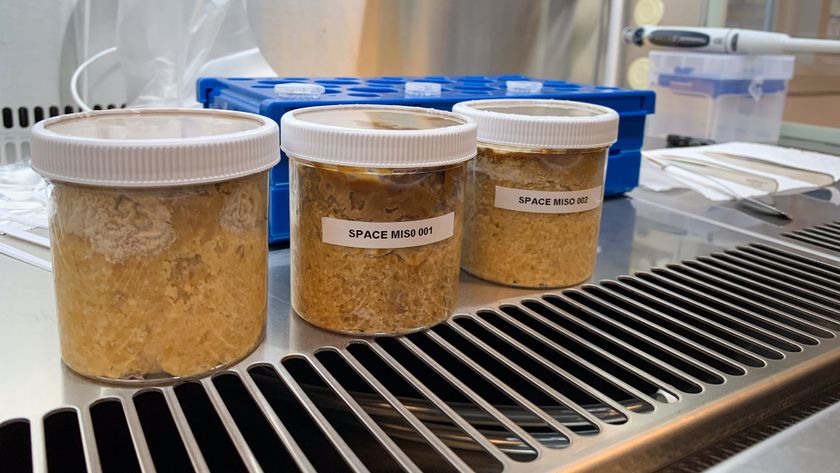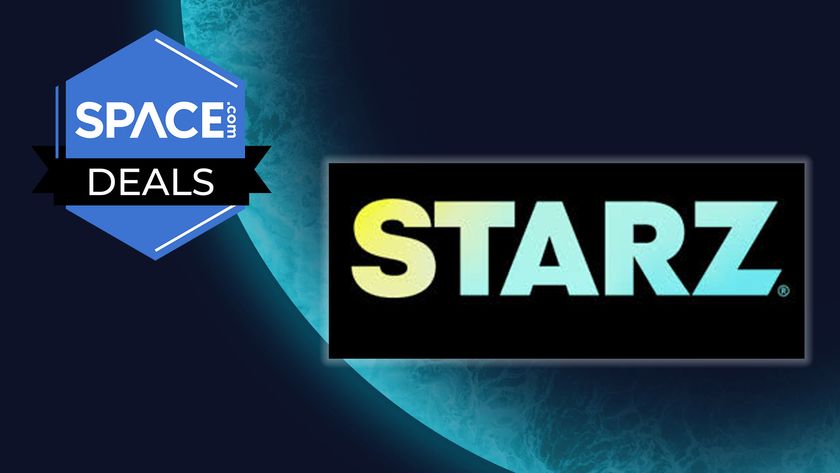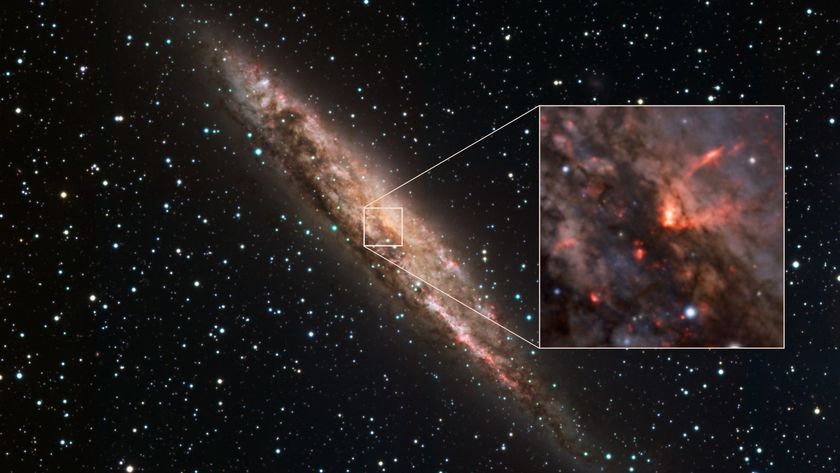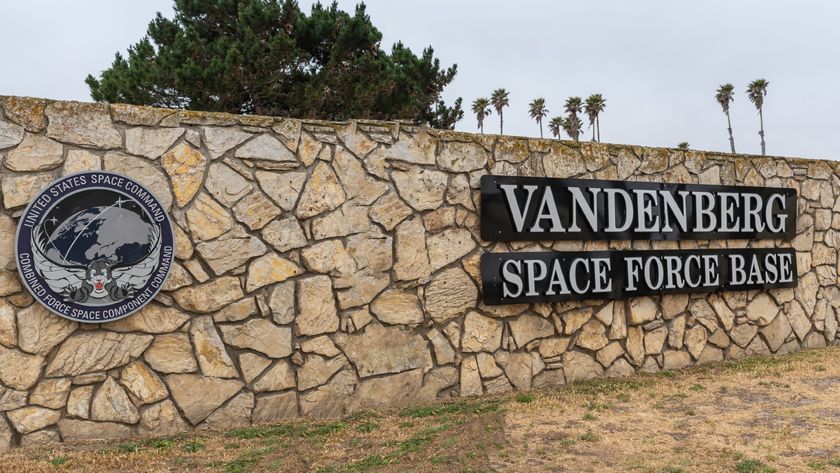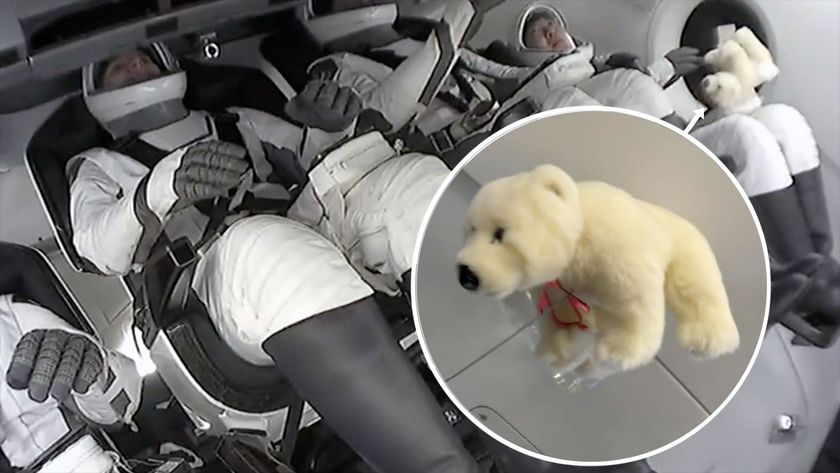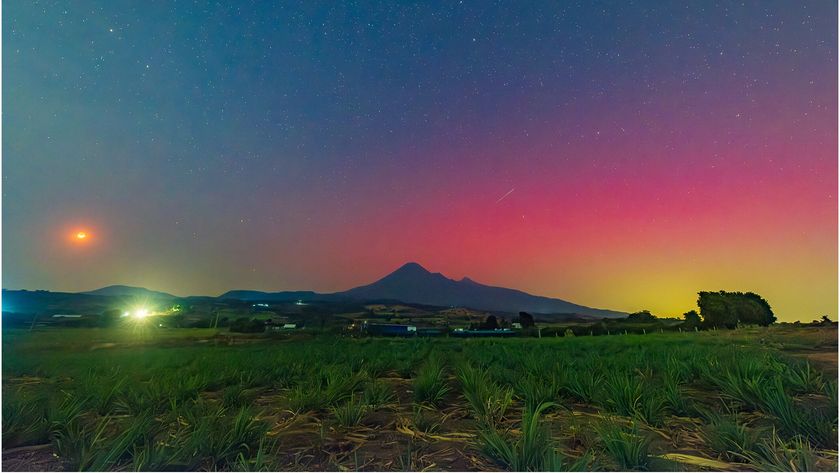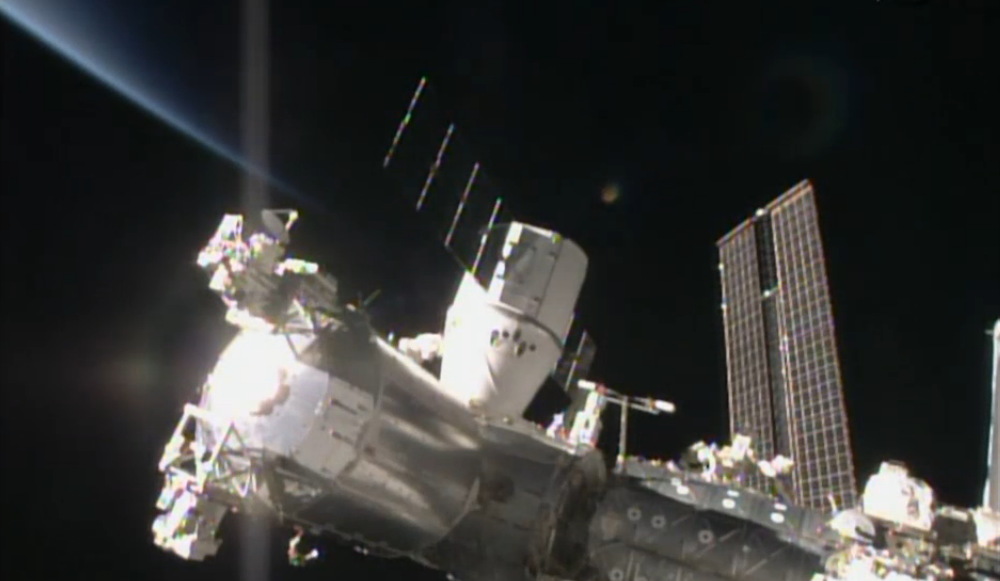
This story was updated at 12:30 p.m. EST.
SpaceX's robotic Dragon resupply spacecraft has arrived at the International Space Station after a two-day orbital chase.
NASA astronaut Barry "Butch" Wilmore, commander of the station's current Expedition 42, grappled Dragon using the orbiting outpost's huge robotic arm at 5:54 a.m. EST (1054 GMT) on Monday (Jan. 12). The capsule was installed on the Earth-facing port of the station's Harmony module three hours later.
The astronauts can now begin offloading the 5,200 pounds (2,360 kilograms) of food, spare parts and scientific experiments that Dragon brought up on this mission, the fifth of 12 unmanned cargo flights SpaceX plans to fly to the space station under a $1.6 billion deal with NASA. [See photos from SpaceX's fifth Dragon cargo launch]
SpaceX launched the Dragon capsule early Saturday (Jan. 10) atop a Falcon 9 rocket that lifted off from Florida's Cape Canaveral Air Force Station. After the rocket sent Dragon on its way, SpaceX attempted to bring the Falcon 9's first stage back to Earth for a pinpoint landing on an "autonomous spaceport drone ship" in the Atlantic Ocean, as part of the company's effort to develop reusable-rocket technology.
The rocket stage came down on target but hit the drone ship too hard Saturday. SpaceX will try the bold maneuver again on future launches, company representatives said.
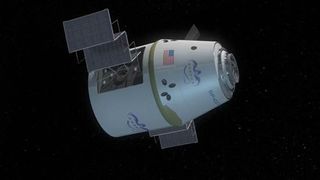
The cargo capsule also delivered a NASA instrument called CATS (short for Cloud-Aerosol Transport System), which will be affixed to the station's exterior and then use a laser to measure the distribution of clouds, haze, dust and pollution in Earth's atmosphere.
Get the Space.com Newsletter
Breaking space news, the latest updates on rocket launches, skywatching events and more!
Dragon will stay attached to the International Space Station for one month, NASA officials said. It will depart on Feb. 10, returning to Earth with a splashdown in the Pacific Ocean off the coast of California, where SpaceX will retrieve the capsule by boat.
Follow Mike Wall on Twitter @michaeldwall and Google+. Follow us @Spacedotcom, Facebook or Google+. Originally published on Space.com.
Join our Space Forums to keep talking space on the latest missions, night sky and more! And if you have a news tip, correction or comment, let us know at: community@space.com.

Michael Wall is a Senior Space Writer with Space.com and joined the team in 2010. He primarily covers exoplanets, spaceflight and military space, but has been known to dabble in the space art beat. His book about the search for alien life, "Out There," was published on Nov. 13, 2018. Before becoming a science writer, Michael worked as a herpetologist and wildlife biologist. He has a Ph.D. in evolutionary biology from the University of Sydney, Australia, a bachelor's degree from the University of Arizona, and a graduate certificate in science writing from the University of California, Santa Cruz. To find out what his latest project is, you can follow Michael on Twitter.



